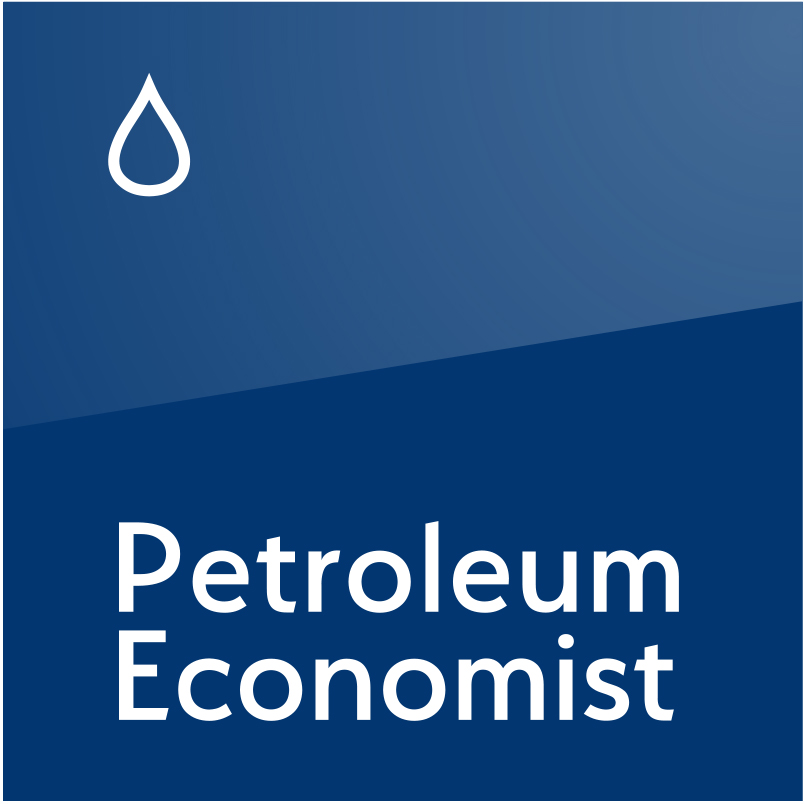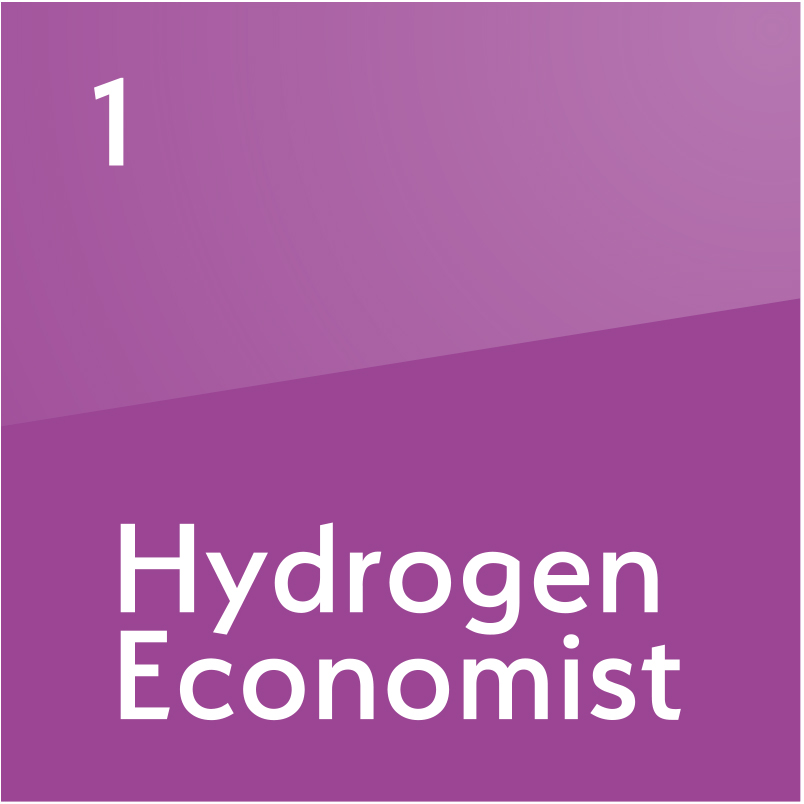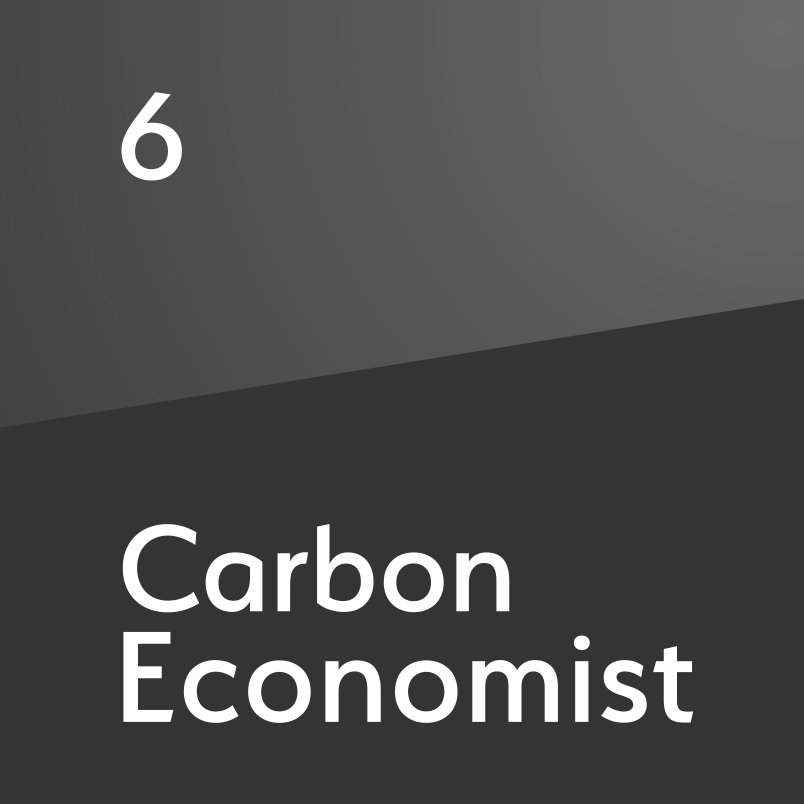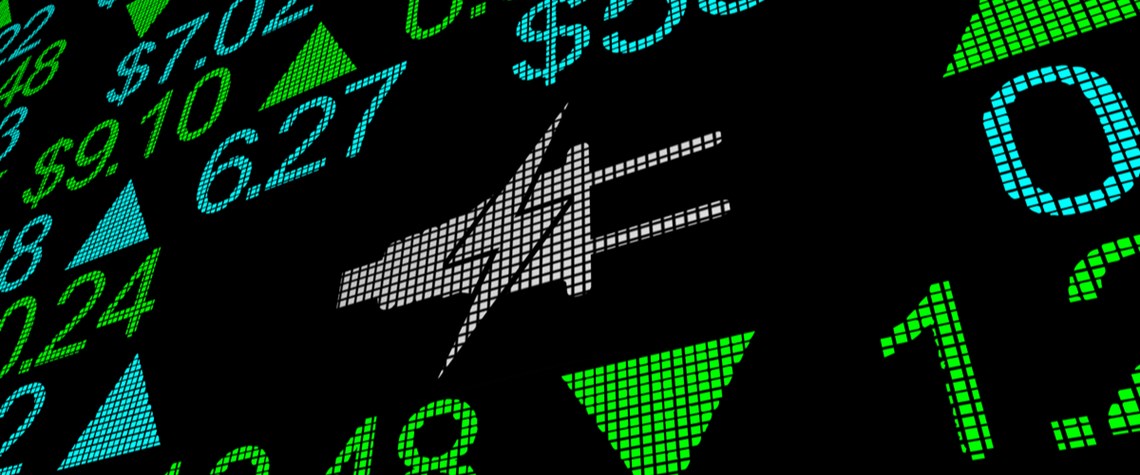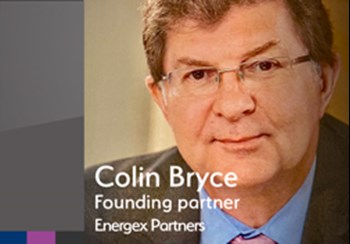Is renewables trading The New New Thing? – part three
The excitement surrounding renewable energy trading and markets appears to have much in common with the dot-com bubble of the 1990s. This third instalment considers the markets for gas and nuclear power
The markets for power are expected to flourish while those for oil are set to continue for the foreseeable future. But what role will gas and nuclear have, respectively, as a pathway to net-zero carbon and as a stable baseload product for grid systems? There is an especially active gas market in the US dating back to the deregulation of the industry in the mid-1980s. The market in Europe is smaller but time-served and reasonably liquid, while connecting the global dots is the, as-yet, embryonic market in LNG, a fuel which some at okleast hope will provide the fossil fuel ‘lite’ pathway to a net-zero carbon future. While gas is already well-established from a markets perspective, regional and

Also in this section
21 July 2024
Awards experience 20% increase in nominations this year, with submissions from 27 countries
18 July 2024
Platform developed at Scottish university uses advanced simulations and machine learning to find most cost-effective and sustainable combinations of materials for use in carbon capture
18 July 2024
Stockholm Exergi agrees to one of world’s largest deployments of CO₂ liquefication technology to enable transport of emissions captured from biomass power plant
11 July 2024
Watkins will leverage her financial acumen and strategic insight to lead Gulf’s commercial initiatives across media, events, and market intelligence
